Integrated circuits, more commonly known as microchips or chips, how integrated circuits are made.are becoming more and more concerned.
What is Integrated Circuit
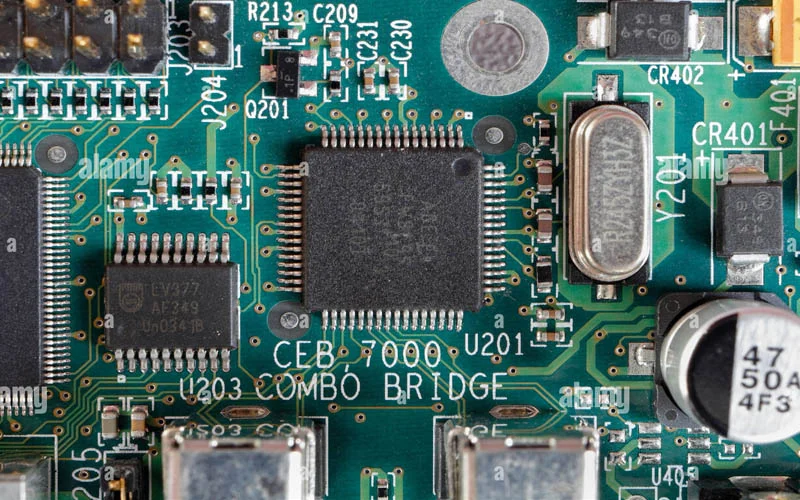
Integrated circuits (ICs), also known as microchips or chips, are essential electronic components that contain thousands to billions of electronic components (such as transistors, resistors, and capacitors) fabricated onto a single semiconductor wafer. They are the building blocks of almost all modern electronic devices, enabling the creation of highly compact and efficient electronic systems.
Integrated circuits revolutionized the field of electronics by miniaturizing electronic components and improving performance, reliability, and power efficiency. They have replaced traditional discrete electronic components (like diodes and transistors) that were individually wired on a circuit board with a single chip that contains entire circuits in a densely packed configuration.
How Integrated Circuits Are Made?
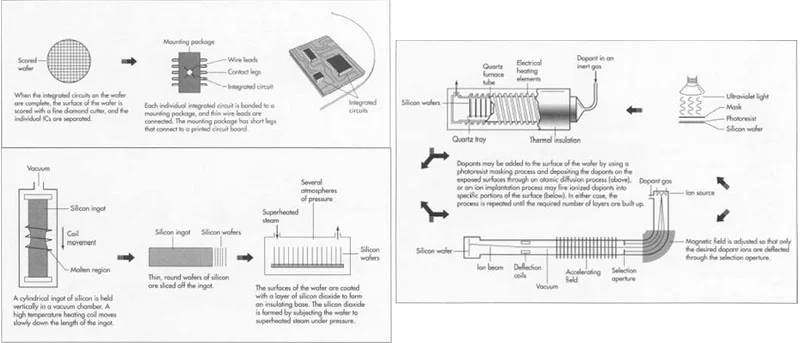
Integrated Circuits Design:
The birth of an integrated circuit begins with meticulous design. Engineers utilize sophisticated computer-aided design (CAD) tools, transforming concepts into detailed blueprints. The design encompasses both the circuit layout and the desired functionality of the chip.
Wafer Preparation:
Silicon wafers form the foundation upon which integrated circuits are built. These wafers are derived from cylindrical silicon ingots, which are sliced into thin, circular discs. The chosen wafer undergoes rigorous cleaning and polishing processes to eliminate impurities, ensuring a pristine starting point.
Photolithography:
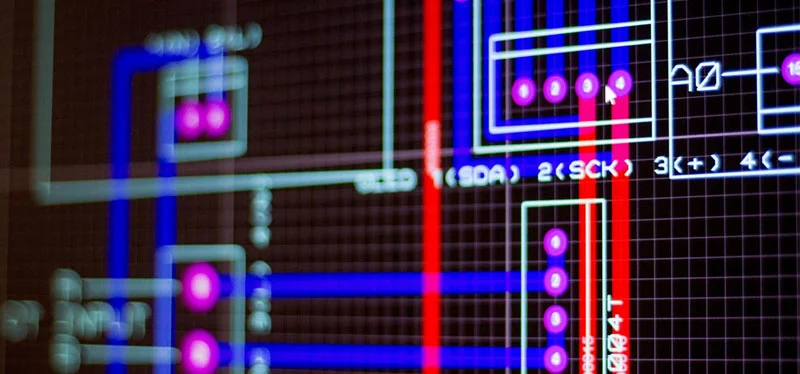
One of the critical steps in chip fabrication is photolithography. A photosensitive chemical called a photoresist is evenly spread across the wafer’s surface. The wafer is then exposed to ultraviolet (UV) light through a mask containing the desired circuit pattern. The UV light transfers the pattern onto the photoresist-coated wafer with incredible precision.
Etching:
Following photolithography, the wafer now undergoes etching. Chemical solutions or plasma gases are applied to selectively remove the unwanted portions of the circuit pattern. The areas protected by the photoresist retain their integrity, while the exposed sections gradually disappear, leaving behind the desired pattern etched into the silicon surface.
Dopant Implantation:
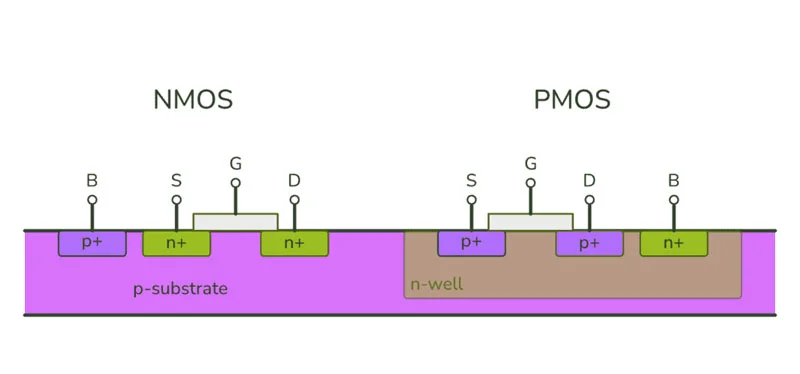
To alter the electrical properties of the circuit, selective implantation of dopants is performed. Dopants, impurities deliberately introduced into the silicon lattice, modify its conductivity characteristics. By ionizing the dopant material and directing the ions toward the wafer, the circuit’s performance can be finely tuned.
Oxidation:
To improve insulation and protect the circuit, a thin layer of silicon dioxide is grown on the wafer through a process called oxidation. By subjecting the wafer to extremely high temperatures in an oxygen-rich environment, a chemical reaction occurs between the silicon and oxygen, forming a protective oxide layer.
Metallization:
Connecting the different components of the circuit requires layers of metal. Aluminum or copper is commonly deposited onto the wafer through physical or chemical vapor deposition techniques. The metal layers enable the flow of electric current, linking the intricate network of transistors and pathways within the chip.
Testing:
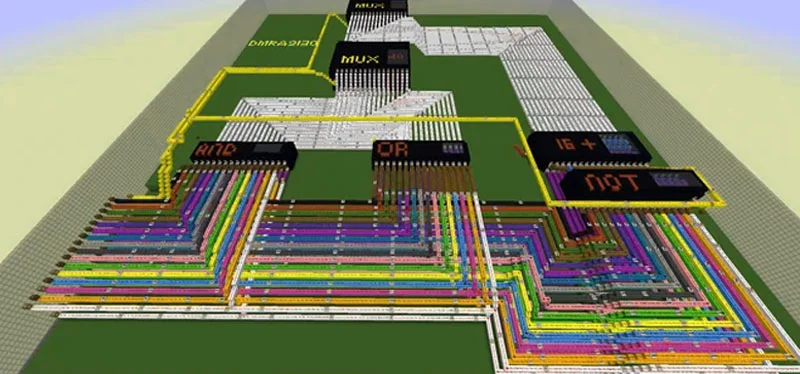
With the layers in place, the wafer moves on to electrical testing. Each individual circuit on the wafer is meticulously tested for functionality and performance. Any defects or manufacturing errors are identified, allowing for necessary adjustments or exclusion from the final production.
Packaging:
Successful circuits are cut into individual chips, also known as dies. Each chip is then carefully packaged into a protective casing, facilitating electrical connections and providing mechanical support. Wire bonding or flip-chip technology is employed to establish the necessary connections between the chip and the package.
Final Testing:
Packaged chips are subjected to thorough final testing, often involving burn-in processes. The chips endure rigorous testing under various conditions, ensuring their reliability and performance standards are met. This final step certifies the functionality of the integrated circuits before they are distributed for use.
Quality Control:
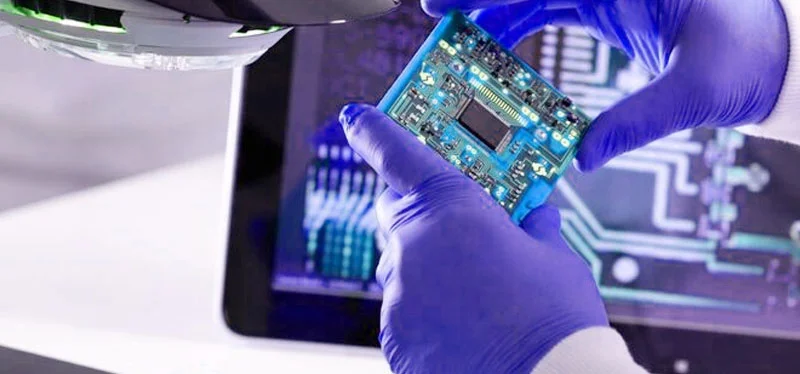
Before leaving the manufacturing facility, integrated circuits undergo meticulous quality control measures. Every chip is scrutinized, ensuring that they adhere to stringent industry standards. This comprehensive quality check guarantees that only flawless and reliable chips reach the market.
Integrated Circuits Applications
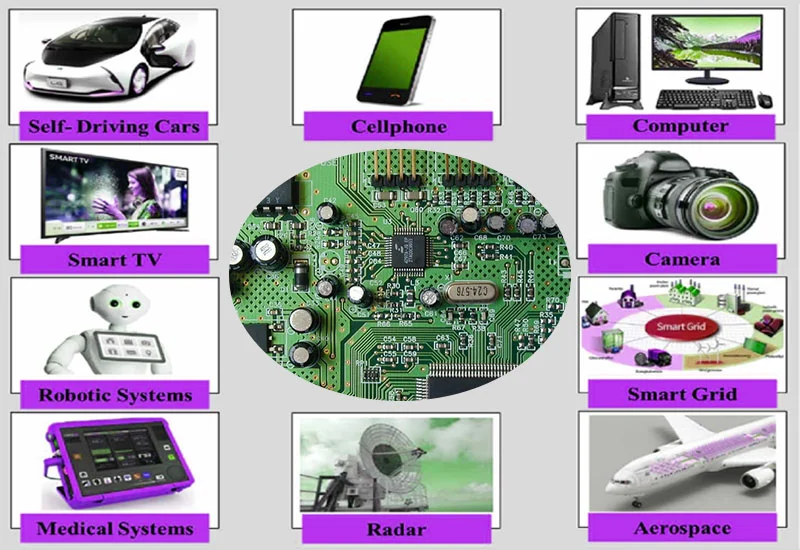
Consumer Electronics
Integrated circuits are ubiquitous in consumer electronics, powering devices such as smartphones, tablets, and laptops. They enable high performance and compact form factors.
Automotive Industry
ICs are critical in modern vehicles, supporting functions like engine control, navigation, and infotainment systems. The rise of electric and autonomous vehicles has further increased the demand for advanced ICs.
Healthcare
In healthcare, ICs are used in medical devices such as pacemakers, diagnostic equipment, and wearable health monitors. They enable precise control and data processing in life-saving applications.
Aerospace
The aerospace industry relies on ICs for avionics, communication systems, and navigation. ICs must meet stringent reliability and performance standards to operate in extreme conditions.
Comparative Analysis
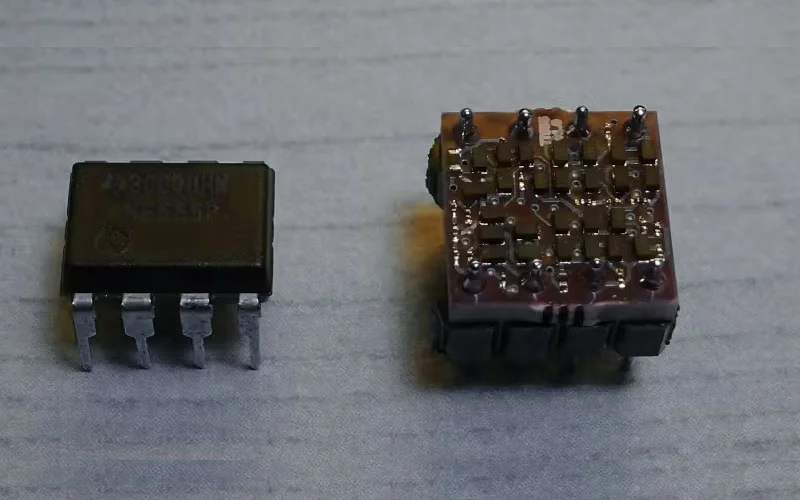
Integrated Circuits vs. Discrete Circuits
ICs offer greater miniaturization, efficiency, and cost-effectiveness compared to discrete circuits, where individual components are separate.
Integrated Circuits vs. System-on-Chip (SoC)
SoCs integrate all components of a computer or other system onto a single chip, providing higher performance and lower power consumption than traditional ICs.
Integrated Circuits vs. Printed Circuit Boards (PCBs)
PCBs provide a platform for mounting ICs and other components, whereas ICs are the functional units that perform the actual electronic operations.
Conclusion
The manufacturing process of integrated circuits is a remarkable feat of precision, combining cutting-edge technologies and methodologies. From the initial design stage to packaging and final testing, every step is executed with unrivaled attention to detail. Integrated circuits continue to revolutionize our world, enabling the digital age to thrive and empowering a myriad of devices we rely on daily.